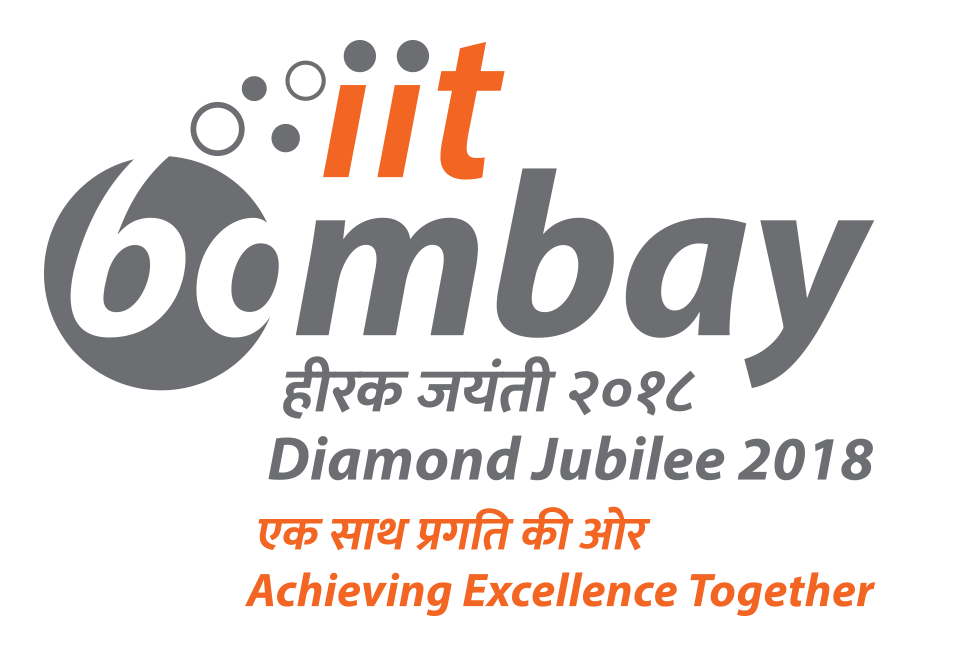Experimental Condensed Matter Physics
The condensed matter experiment group, often tends to be the largest in Physics departments throughout the world for the sheer variety of material systems. The group in IITBombay is no exception, contributing approximately a third of the faculty strength of the department.
Over the years several experimental laboratories have been built up by this group. These include Pulsed Laser and Chemical vapour deposition (PLD/CVD) and Langmuir Blodgett systems for growth of magnetic materials like Ferrites, oxide/Nitride semiconductors and organic semiconductors. Recently the department has also been working on a High Pressure High temperature furnace system to produce metallic compounds with the metal ion in oxidation states not commonly found. Collaborative work in Multilayer thinfilms, Heuslar alloys with spintronic applications has been in progress for a few years now. Understanding spin and electronic structure at the microscopic level and their correlations is a core area of condensed matter physics. Solid state NMR based work on spin chain compounds, intermetallics that exhibit spin glass and spin liquid like behaviour have addressed some of the fundamental physics of spin-spin interaction and various phases predicted by model spin hamiltonians.
A Microwave Plasma CVD growth developed in the department has been used for making artificial diamond films for radiation-hard high energy particle detector applications. The group working on nanomaterials have successfully developed sensors and chemical filters based on Graphene.
The department has set up critical instruments necessary to understand the structures of materials. Currently we operate facilities like AFM, High resolution Xray diffraction, Surface chemical Analyser (ESCA). Recently the department has also started operating a class 10,000 cleanroom with basic semiconductor and thinfilm device processing capabilities like photolithography, rapid thermal annealing, chip scribing and ultrasonic wire bonding. Many of these are common facilties open to all.
A cryogenic facility and liquid Helium has become a critical need over the years to maintain NMR, superconducting magnets, SQUID magnetometers, optical and transport measurement systems. Currently the department has inhouse capability for magneto-transport and SQUID magnetometry down to 300 mK (Helium-3 based wet systems). These are in regular operation and are used for experimental work with heterostructures, nanowires, magnetic and superconducting materials.

